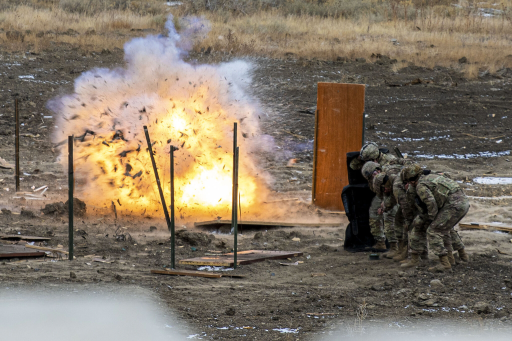The HPCMP is used to thinking about complex systems, and there’s nothing more complex than the brain.
Blast waves from improvised explosive devices and other weapons can cause traumatic brain injury (TBI). Even mild TBI – meaning physical damage doesn’t appear under normal imaging techniques – has been linked to increased risk of sleep disorders, sensory problems, and psychiatric conditions. Understanding how blasts affect the brain will help the Department of Defense develop better prevention methods and keep warfighters healthy.
HPCMP’s Army Research Laboratory DSRC and Air Force Research Laboratory DSRC worked with a US Army-led team to build 3-dimensional, finite-element models of animal heads, complete with facial structures, bones, brain tissue, and blood vessels. They then used these high-fidelity models and HPCMP’s simulation capabilities to study the effects of blast overpressure events on brain pressure, strain, and vasculature. This work will help scientists develop scaling laws that can make the results more applicable to humans.

